Can’t decide where to book for the upcoming ski season? Have you asked the moon? How about your next door neighbours dog? Sam Pullos pulls a rabbit out of his forecast hat.
March may be too far out for any serious meteorologists for this southern winter, but our nagging desire to pin down powder days sends our search for weather insight to all corners of the species spectrum. No animal, celestial body or even month is safe from our incessant scrutiny and false correlation.
Red skies at night. The cows are laying down. Wasps making their nests higher up in trees. Moons with Halos. ‘Snow in May won’t stay’. Black cockatoos coming down from the mountains. These are just some of our most popular meteorological predictors.
To be fair, some more firmly based in reason than others, but still. I won’t be booking my accommodation in Thredbo based on what the cockatoos tell me. If I did, I’d be a bit of a galah.
Whilst we humans love to correlate unrelated events, a halo around moon is actually something to get excited about. If you live somewhere that snows. And it’s winter. And the temperature is right. The halo is caused by cirrostratus clouds which often form as precursors to storm fronts.
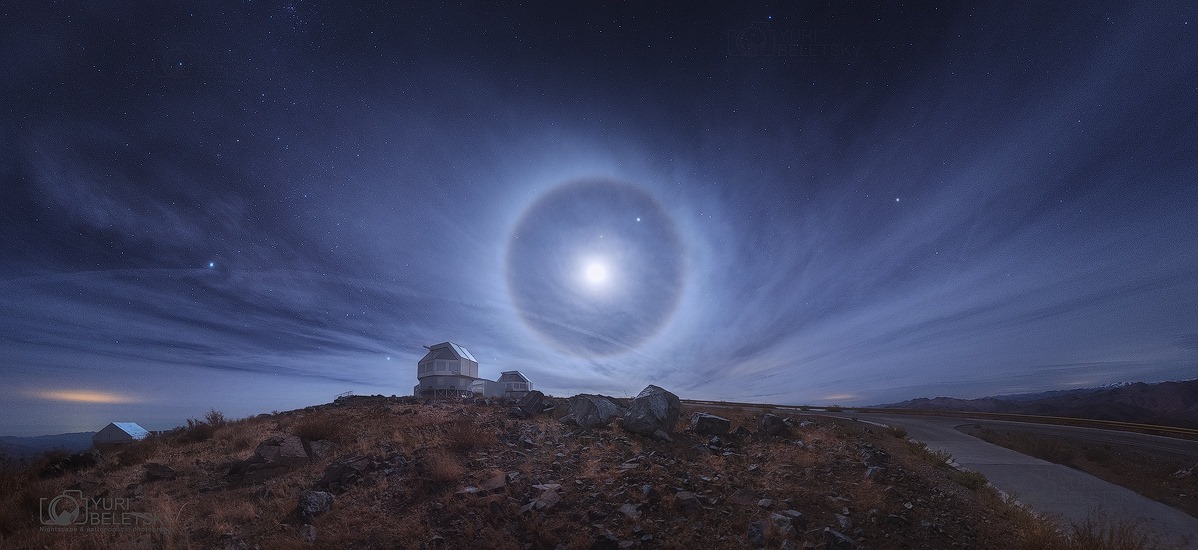
So, if the above conditions are all aligned you could be in for some snow within the next few days. Hardly a season prediction though.
La Nina or El Nino?
The truth is, the Australian and New Zealand snow season is at the mercy of numerous powerful weather systems/patterns. Our snow seasons are greatly effected by the ENSO cycle and whether or not it is a El Nino, La Nina or neutral year, with neutral years generally being the most reliable.
Then there is the Sea Surface Temperature (SST). The warmer that is, the more likely rain will show up and ruin the party. Although, cold temperatures and high SSTs can result in big snow dumps. So it really depends. I know, I’m not helping.
Who could forget about the Indian Dipole Index? This looks at the difference in sea temp between the Arabian sea and the sea to the south of Indonesia. It is proposed that warmer temps in the Arabian Sea lead to greater precipitation in the south of Australia.
Last but not least, we can look at the Southern Annular Mode (SAM). This tracks north/south movement of a belt of westerly winds whipping around Antarctica. From what I can tell, a positive reading means dryer conditions in the south. This is why I’m not a meteorologist.
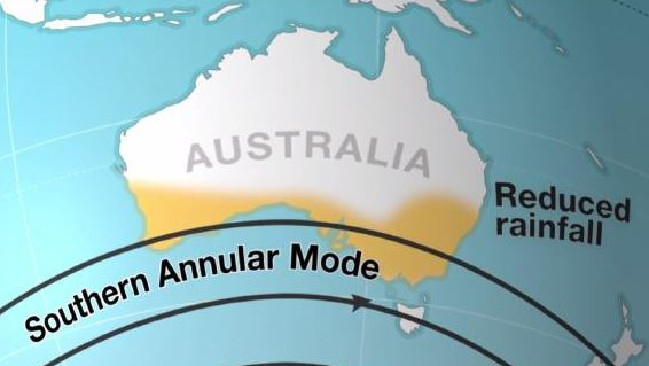
Combine all of that with the low altitude and warmer (relatively) temps of the Australian mountains and you have a very delicate snow ecosystem.
New Zealand relies on a combination of a lot of the same systems, plus a few more. Then there is the fact that the ski spots are much more spread out in Aus, meaning that different locations benefit from different weather cycles. The NZ season is just as hard to predict overall.
No wonder the cows get it wrong.
Who to call?
The Frog.
Snow is not exactly what comes to mind when thinking of these biblical icons, I mean, some frogs just give up and freeze solid. Don’t worry, I’m not going to tell you to go and count the croaks in your drainpipe. No, I am talking about specific, bipedal, humanoid incarnations of their plague inducing namesakes.
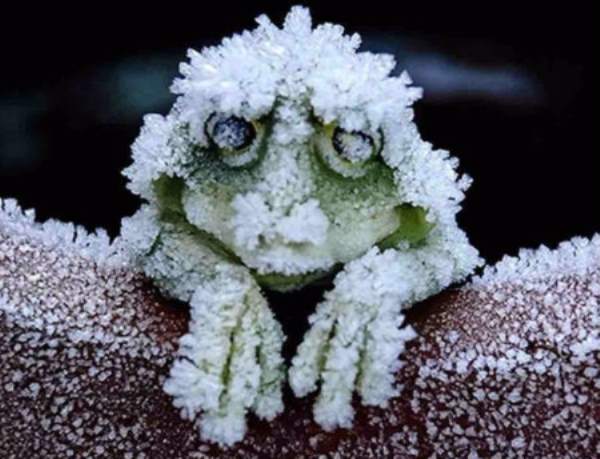
The Frog is the nickname for one of Australia’s meteorological forecasters, Pete Taylor from Snowatch.com.au. He is an expert in making sense of the complex weather systems I atrociously under-explained earlier. The end result is impressively bang-on snow forecasts before any of us have even pulled out our ski gear.
Forget the moon, the wasps, the cockatoos and whoever else squawks prophetic snow predictions, this guy is your go to.
It is still too early for our leading meteorological animals to be making predictions about the coming season. However, winter is coming, as the Crows would say (Oh, I went there).
Keep on the lookout. We’ll have a detailed report from the best forecasters here on SnowsBest later in April.
Until then, you could always see if wombats work like their trans-pacific brethren, groundhogs: if they see their shadow and run back to their burrow, it’s going to be a long winter!
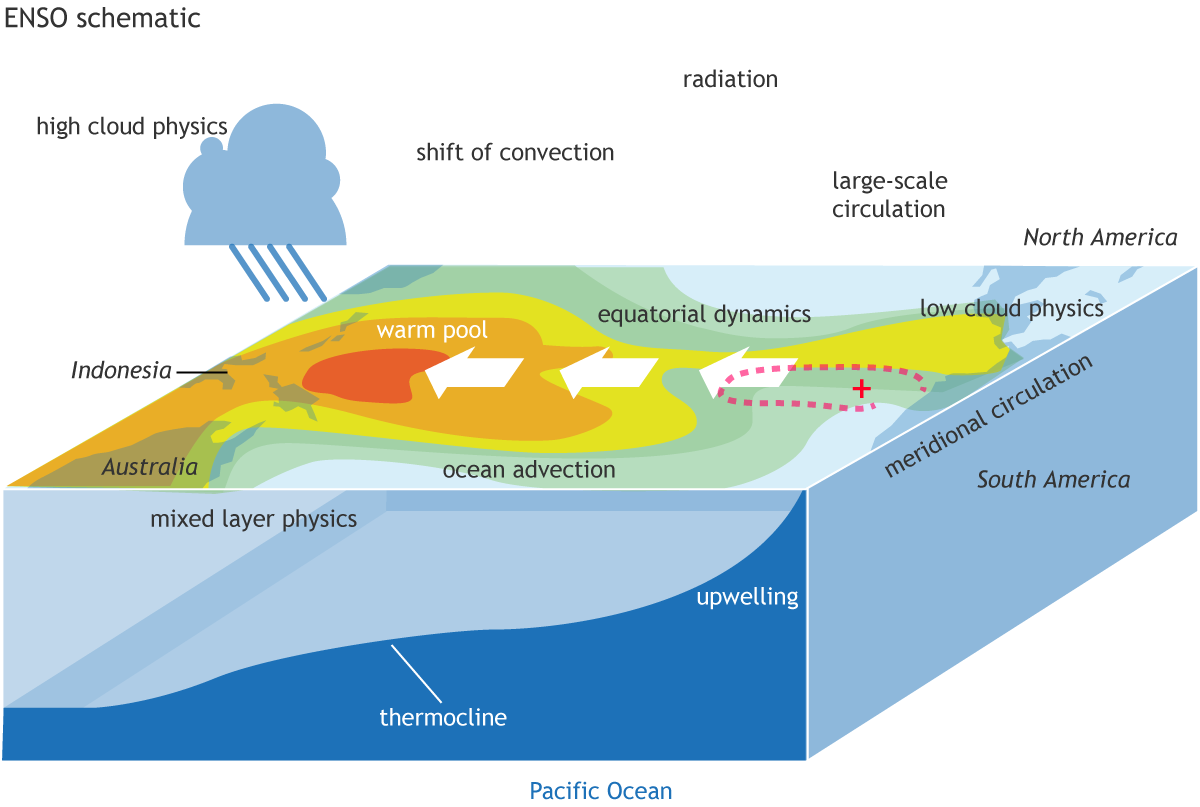
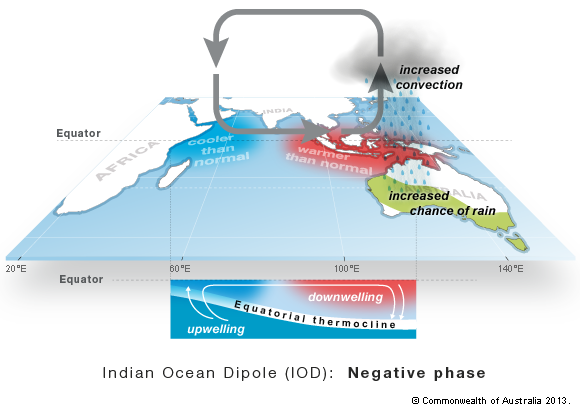






Pretty gorgeous & a few LOL’s!! Love your honesty & humour x